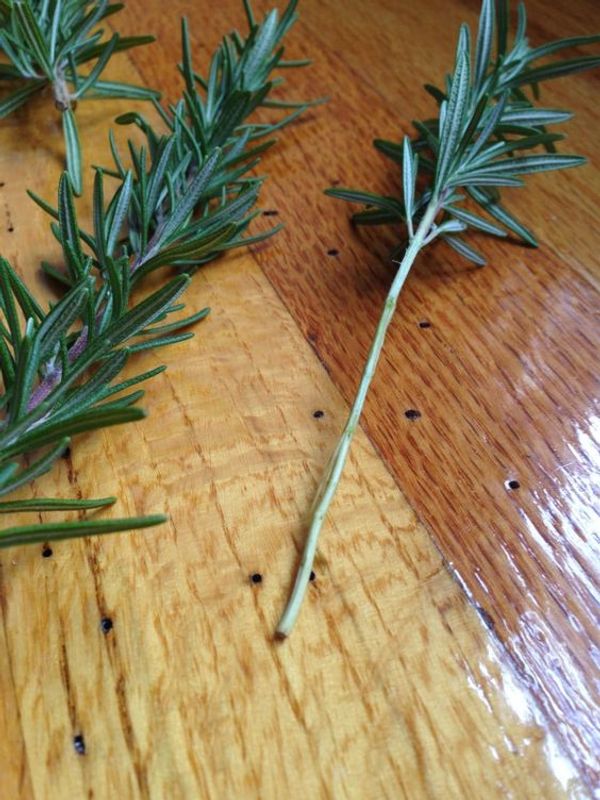If you’re looking for a simple and natural way to boost your health, turmeric water might be just what you need. This golden drink has been celebrated for centuries for its incredible health benefits. Adding a daily glass of turmeric water to your routine can be a game-changer, and here’s why.
What is Turmeric?
Turmeric is a bright yellow spice that comes from the root of the Curcuma longa plant. It’s commonly used in cooking, especially in Indian cuisine, but its uses extend far beyond the kitchen. The active ingredient in turmeric is curcumin, which has powerful anti-inflammatory and antioxidant properties.
Benefits of Drinking Turmeric Water
- Reduces Inflammation
Inflammation is the body’s natural response to injury and infection, but chronic inflammation can lead to various health issues. Curcumin in turmeric is known for its ability to reduce inflammation, helping to manage conditions like arthritis and promoting overall joint health.
- Boosts Immunity
A strong immune system is essential for staying healthy, and turmeric water can help. The antioxidants in turmeric support the immune system, helping to fend off illnesses and infections.
- Aids Digestion
Turmeric has been used for centuries to improve digestion. It stimulates the production of bile, which helps break down food and absorb nutrients more efficiently. Drinking turmeric water can also help soothe the digestive tract, reducing symptoms of bloating and gas.
- Supports Heart Health
Turmeric water can benefit your heart in multiple ways. It helps reduce bad cholesterol levels and prevents the oxidation of cholesterol, which can lead to heart disease. Additionally, its anti-inflammatory properties support overall cardiovascular health.
- Enhances Skin Health
If you’re looking to maintain a healthy glow, turmeric water might be your new best friend. Its anti-inflammatory and antioxidant properties help reduce redness and blemishes, promoting clearer and healthier skin.
How to Make Turmeric Water
Making turmeric water is quick and easy. Here’s a simple recipe to get you started:
- Ingredients:
- 1 cup of warm water
- 1/2 teaspoon of turmeric powder
- A pinch of black pepper (optional, but it helps with the absorption of curcumin)
- Honey or lemon to taste (optional)
- Instructions:
- Mix the turmeric powder into the warm water.
- Add a pinch of black pepper.
- Stir well until the turmeric is fully dissolved.
- Add honey or lemon if desired for extra flavor.
- Drink it first thing in the morning on an empty stomach for best results.
Tips for Best Results
- Consistency is Key: Make turmeric water a part of your daily routine to fully enjoy its benefits.
- Quality Matters: Use high-quality turmeric powder to ensure you’re getting the most curcumin.
- Stay Hydrated: Turmeric water is great, but don’t forget to drink plenty of regular water throughout the day.
Conclusion
Incorporating turmeric water into your daily routine is a simple yet powerful way to enhance your health. From reducing inflammation to boosting your immune system, this golden drink offers numerous benefits that can help you feel your best. Give it a try and see the difference it can make in your life. Cheers to your health!









